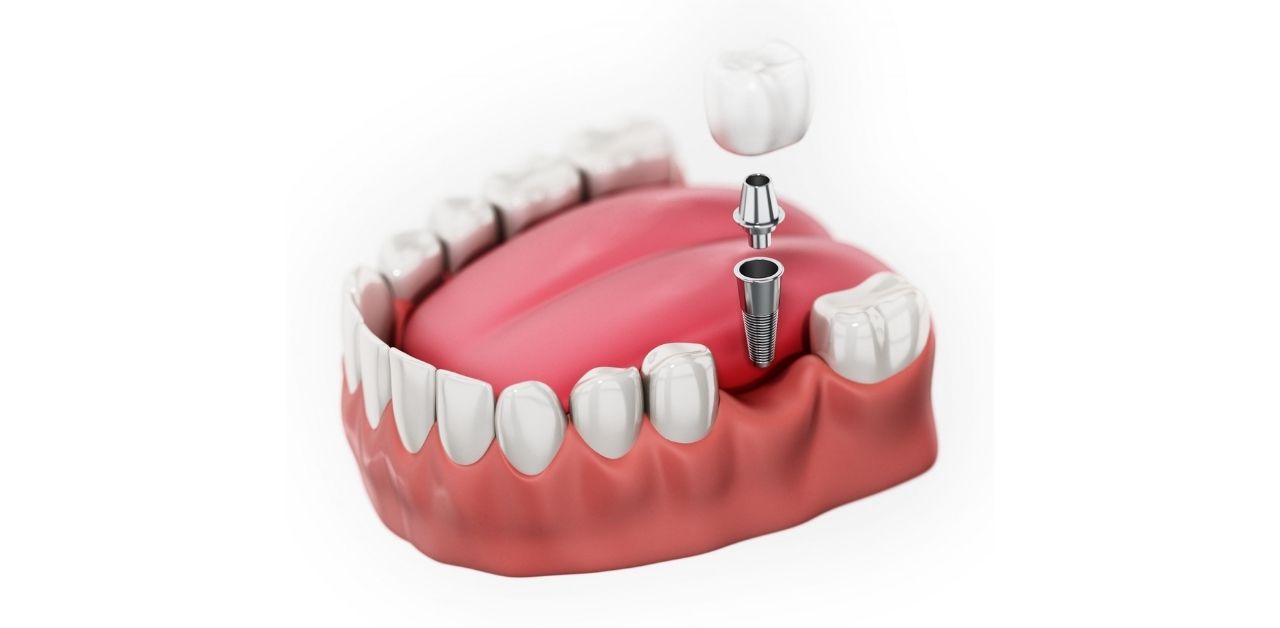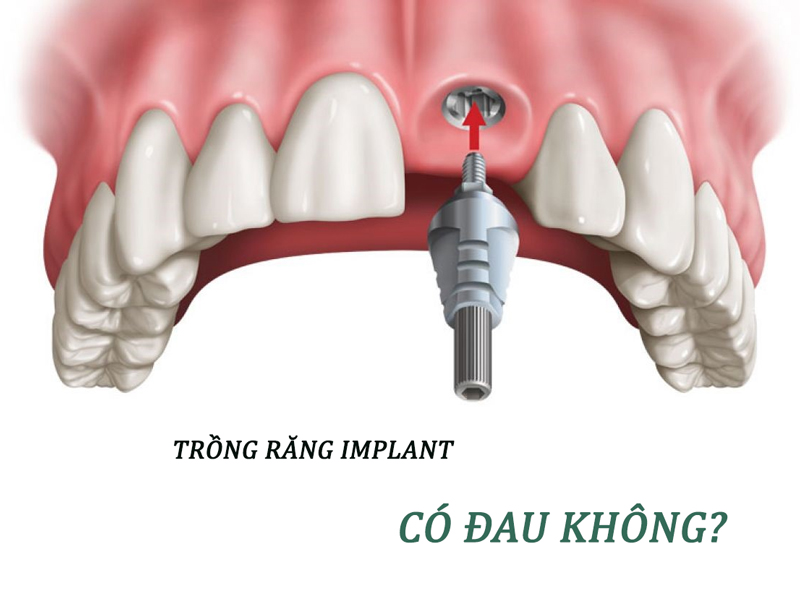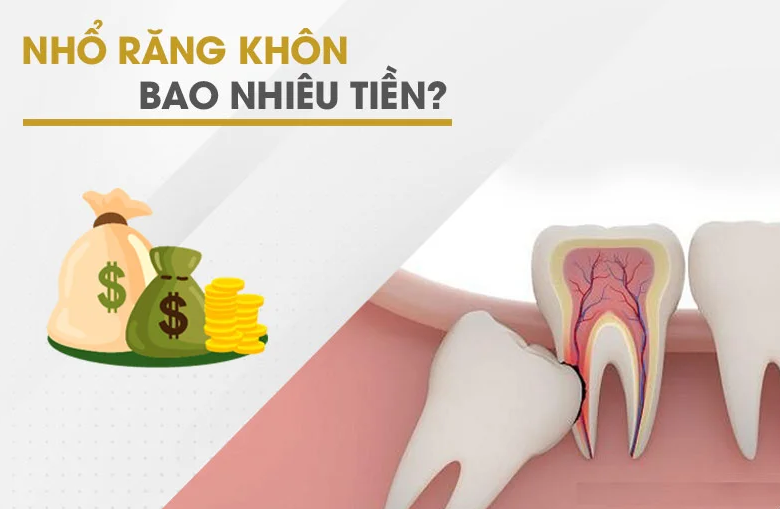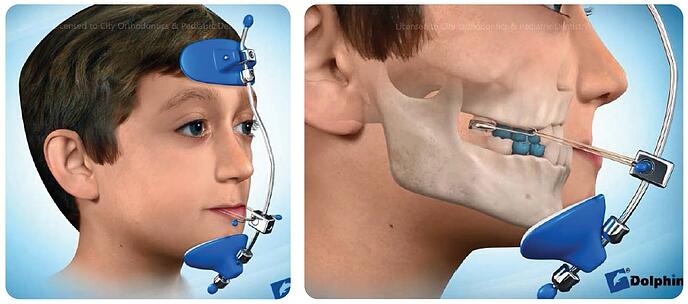Can Porcelain Cover a Large Broken Tooth?
Teeth are constantly under pressure from chewing, so fractures or breakage are not uncommon. A severely broken tooth not only affects chewing but also lowers confidence in daily communication. The big question many people ask is: “Can porcelain crowns fix a large broken tooth?”
Common Causes of Large Tooth Fractures
-
Lack of calcium and essential nutrients
-
When the body doesn’t receive enough calcium, tooth enamel becomes weak and brittle. This makes teeth more prone to cracks and fractures, especially in people with poor nutrition, pregnant women, or nursing mothers.
-
-
Strong physical impact
-
Accidents, sports injuries, or direct collisions can exert a sudden force on teeth, causing large pieces to break or even splitting the tooth horizontally.
-
-
Dental conditions
-
Problems such as tooth decay, gum disease, or enamel defects weaken teeth over time. Untreated cavities, for instance, gradually destroy tooth structure and make teeth fragile and easy to break.
.jpg)
.jpg)
-
Can Porcelain Crowns Restore a Severely Broken Tooth?
-
Case 1: Less than 1/3 of the tooth is broken
→ The dentist can restore the lost part with filling material and then place a porcelain crown over the tooth. This not only strengthens the tooth but also prevents bacteria from entering. -
Case 2: 1/3 to 1/2 of the tooth is damaged
→ If the pulp is exposed, root canal therapy will usually be required before covering the tooth with a porcelain crown. This ensures durability, restores chewing function, and protects the tooth from further damage. -
Case 3: More than half of the tooth is destroyed
→ When too little natural tooth remains to support a crown, the best solution may be a dental implant. An implant replaces the lost tooth root and is topped with a porcelain crown, offering long-lasting strength and stability.
.jpg)
Benefits of Porcelain Crowns for Broken Teeth
-
Restored chewing ability: Porcelain crowns are strong, resistant to wear, and allow normal chewing without fear of additional damage.
-
Protection against infection: By covering the entire tooth, the crown seals out bacteria and prevents cavities or cracks from worsening.
-
High aesthetics: Modern porcelain crowns are designed to match natural teeth in color and shape, giving a natural, confident smile.
-
Durability: With good care, porcelain crowns can last 10–20 years or more, making them a cost-effective solution over time.
.jpg)
Choosing the Right Porcelain Crown
-
Safe materials: Use biocompatible materials like Zirconia or Cercon to avoid irritation to gums or soft tissue.
-
Durability: Quality porcelain should resist acid, temperature changes, and oxidation, preventing easy chipping or discoloration.
-
Aesthetic match: Crowns should mimic natural teeth in color and translucency for a realistic appearance.
-
Perfect fit: A crown should feel comfortable and not interfere with chewing. Advanced technology now allows for highly accurate and comfortable fits.
.jpg)
>>>Lotus Smile International Dental System <<<
-
Head Office: 104 Hoang Hoa Tham, Thac Gian Ward, Thanh Khe District, Da Nang
-
Branch 3: 178 Tran Phu, Dien Hong Ward, Pleiku City, Gia Lai
-
Branch 4: 438 Le Duan, Chu A Ward, Pleiku City, Gia Lai
-
Hotline: 0901 140 379
-
Zalo: 0787 506 556
>>> Free consultation at: Lotus Smile Dental - Nha Khoa Đà Nẵng
Tin khác
5 Lưu Ý Quan Trọng Cho Kiều Bào Khi Về Việt Nam Trồng Răng
Ngày cập nhật: 03/01/2026
Hướng Dẫn Trồng Răng Tại Việt Nam Dành Cho Kiều Bào
Ngày cập nhật: 03/01/2026
Xu Hướng Việt Kiều Về Việt Nam Làm Răng Trước Tết
Ngày cập nhật: 03/01/2026
Làm Răng Dịp Tết - Thời Điểm Vàng Được Việt Kiều Lựa Chọn
Ngày cập nhật: 03/01/2026
10 Common Mistakes in Oral Health Care That Can Harm Your Teeth
Ngày cập nhật: 26/12/2025
Where Should Vietnamese Expats Get Dental Work Done to Ensure Safety?
Ngày cập nhật: 26/12/2025
Severely discolored teeth should be whitened or covered with porcelain?
Ngày cập nhật: 22/12/2025
Choosing a Safe Country for High-Quality Dental Care
Ngày cập nhật: 20/12/2025
Should You Get Porcelain Veneers for Your Front Teeth?
Ngày cập nhật: 20/12/2025
Người 50–70 Tuổi Có Thể Trồng Implant Không?
Ngày cập nhật: 05/12/2025
Ưu đãi lớn tháng 12– Trồng Implant giảm sâu 30% tại nha khoa Lotus Smile
Ngày cập nhật: 05/12/2025
Ngăn tiêu xương hàm - Cấy Implant giúp ăn nhai chắc khỏe như răng thật!
Ngày cập nhật: 05/12/2025







.jpg?cache=2025-12-22-15:29:20)










